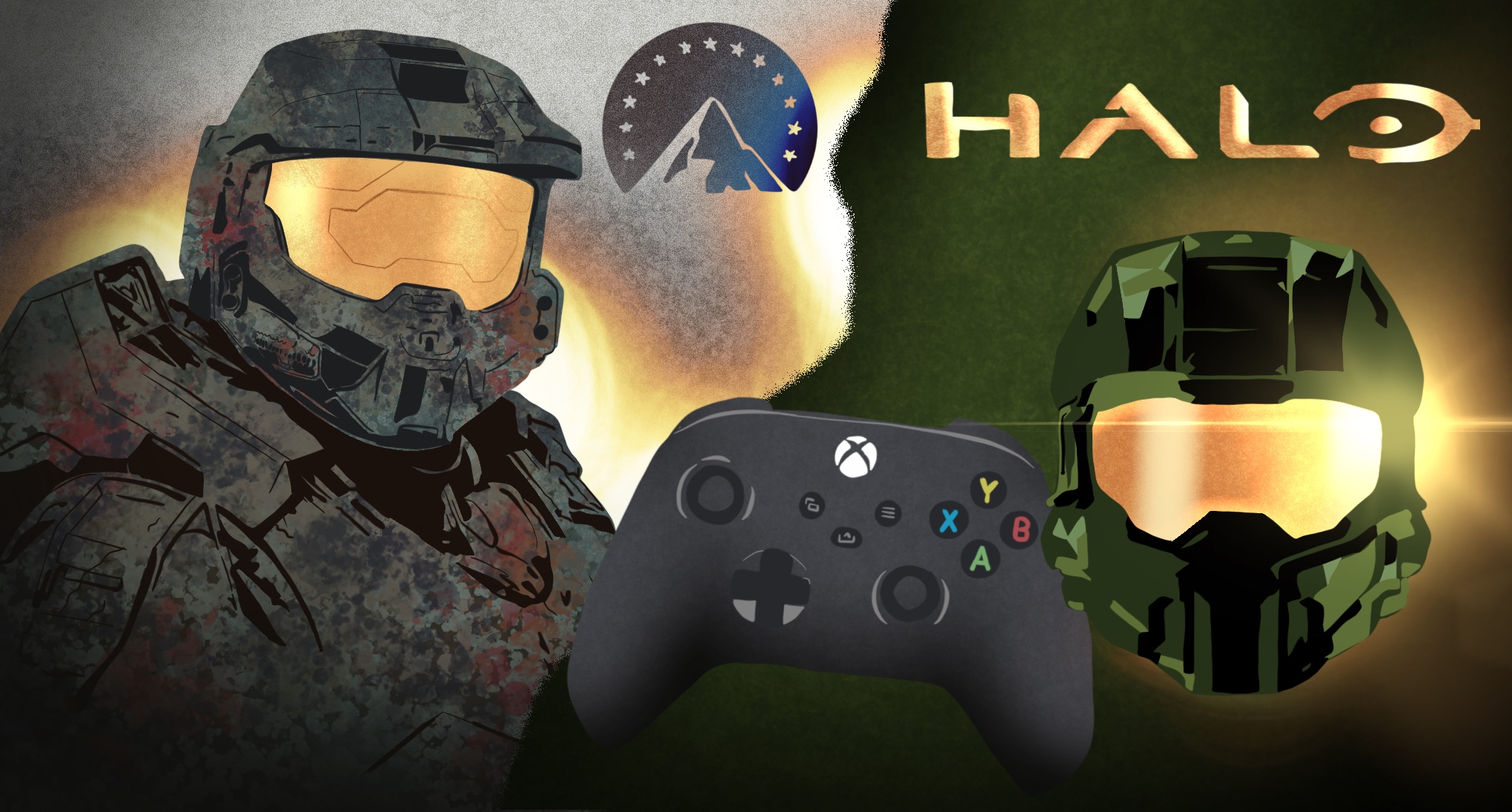Can a show be too bold with the tools in its sandbox? Can an adaptation of a property so beloved by fans be so bold in its decision making that it winds up driving away newcomers and diehard fans alike? Unfortunately, that is exactly what the first season of Paramount’s “Halo” has done, despite being produced at a time where video game adaptations are finally reaching critical acclaim and becoming hits with mainstream audiences.
Of all the smash-hit releases from the past twenty-one years, Halo is a bastion of science-fiction video gaming and king among multiplayer first-person shooters. Since the release of “Halo: Combat Evolved” in 2001, the series has become Microsoft’s flagship franchise, elevating the character of Master Chief to the status of a video game icon.. Financially it’s been a slam dunk as well, selling over 81 million copies worldwide since the first game’s release.
One aspect of Halo that brought in arguably the most praise was its narrative and worldbuilding. So naturally, this would be one area in which the adaptation sticks the landing, right?
According to the fanbase, they wound up overshooting it.
The “Halo” franchise has not seen such success in the television department as of late. Though a web mini-series and series of short, animated films have been produced, Paramount’s “Halo” is the first foray into the television medium, and yet somehow this upcoming second series is devoid of fervent hype. With the second season on its way, , why are so many “Halo” fans not interested in tuning in??
The premise is that in the far-future, humanity winds up in a war with The Covenant—a collective of theocratic aliens that want to wipe us out for religious reasons. Humanity’s first line of defense is Master Chief, one of the best soldiers to come out of the military’s top secret Spartan II program. .Naturally one of the more controversial additions to the show’s lore is the addition of a human member to the Covenant. Not only does this contradict with what we had known about the Covenant in the game’s story, but to compound this further on with the addition of a sexual subplot between her and the Master Chief while she is a prisoner of war only makes this an even more jarring inclusion.
Because who could pass up a romantic rendezvous with the ambassador of looming genocide for your entire race?
One aspect of the show that drew fans’ attention during its first season was the decision to frequently have the main character remove his iconic helmet. According to the lead actor, Pablo Schreiber, this decision was made to explore the dynamic of a dedicated soldier rediscovering his inner humanity because “you have to have access to the actor’s face” to explore this narrative. If that’s the case, then what about the success of “The Mandalorian,” which features a similarly masked and stoic protagonist?
Like Master Chief, Din Djarin is known for keeping his face hidden underneath a helmet most of the time. . Unlike Paramount’s take on the super soldier, however, he withheld from removing his helmet until the most pivotal story beats. There are consequences to him removing his helmet, as well as narrative significance, and even then he is still able to convey emotion without needing to show his face every seven minutes. If one of the most popular science-fiction shows to come out within the past ten years is able to pull it off with such finesse, then why not “Halo”?
After all, it’d be better to take after one of Star Wars’ more successful shows rather than its most middling.
Pacing in the show is also noted to be one of the flaws dragging the show down. One of the new additions made in the show was the presence of an entirely original character named Kwan Ha, featuring her in a few episodes with Master Chief before deviating into her serving as a focal character in her own right when the two separated. Although an interesting narrative, it’s a questionable decision given that she seems to disappear outright from the show in its final few episodes, even after an episode focused entirely around her story.
While the concept of filler episodes have been thrown around in recent years when it comes to shows designed around binge-watching, this isn’t always a problem. For shows that have longer seasons, as was typical before short mini-series type shows became the norm, having shorter, character-focused episodes or scenes were often a godsend for character development. However, in a nine-episode series that is focused around one of the most recognizable stories in video gaming, why squander production assets on a character who outright disappears from the narrative partway through the show?
Though weighed down by a troublesome start, Halo fans shouldn’t be without hope, because the production crew seems to have taken these criticisms to heart. Even Schreiberhas stated that he fervently disagreed with many of the decisions made during the production of the first season, especially the frequent helmet removal and that controversial sex scene between him and the already-lore-breaking Covenant liaison. Perhaps this is a good sign that they are taking these criticisms to heart and are looking to course-correct the series into something more enjoyable all around for fans of the games.
Only time will tell once the latest season drops on February 8th, and if the iconic Fall of Reach will see an equally devastating fall of ratings as well.

















